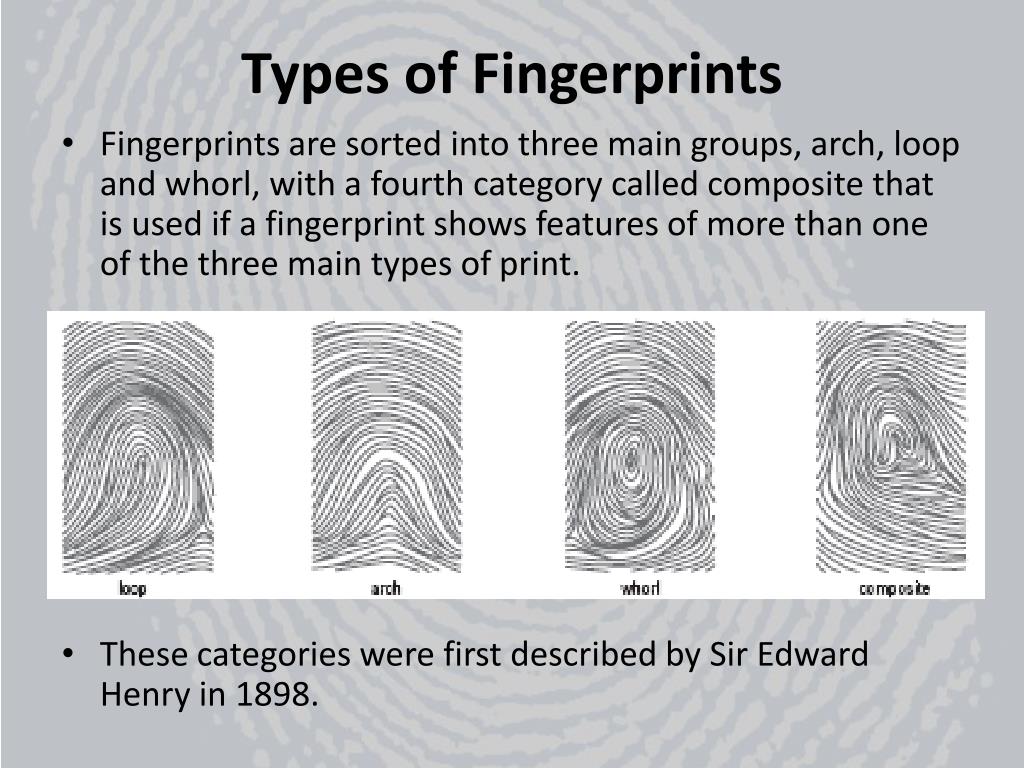

in Bushmen & Pygmies are arches likewise commons as whorls - resulting in an average 'pattern index' that may even drop below 10 (while in nearly all populations around the world whorls are always much more common than arches). The lowest 'pattern index' in the world is found in populations located in the south of the contient Africa, e.g. Oceanian populations usually have whorls to represent the most common fingerprint category, and in many (east) Asian countries a likewise tendency is seen, while in most other regions around the world loops are clearly most common. The highest 'pattern intensity index' (see definition between world maps above) in the world is found in populations located in the continent Oceania (including Australia), where endigenous populations usually have a average 'pattern index' above 15.4. Babler summarized data for about 120 populations around the world the data presented by Rife (1953) and Babler (1977) has been combined inside the brand new world map that is presented below (only the data for the eskimo populations in northern america varies significantly from the 1943 world map) - click HERE for larger version! The value of pattern intensity may be stated either as the number of triradii per indiviual, or as the average number of triradii per finger." The number of triradii accordingly is available for a simple quantitative statement of pattern intensity. This sequence has as its parallel an increase in the number of triradii - the plain arch having none, the loop one, and the whorl two. Arches, loops and whorls form a sequence of increasing pattern complexity. Which was defined by Harold Cummins (Cummins and Midlo, 1943) as follows: Rife (1953) above displays the distrubution of the 'pattern index' (pattern intensity). Regarding the global distribution of whorl-, (radial) loop- & arch fingerprints: which is the most common fingerprint type? And what is the most common fingerprint-distribution seen in the 10 fingers? This article describes all details. What can we learn from this world map today? Is it still valid? A brand new world map presents the answer - in short: sure! Rife (Institute of Genetics and Department of Zoology, Ohio State University) presented a fingerprints world map displaying the distribution of the so-called 'pattern index' around the world. Hand Art, Hand Reflexology & Palm Therapy.Hand Reading Experts in the Netherlands.300+ Hand Reader Websites around the World.Hand Signs in Marfan Syndrome (hand test).Hand Signs in Autistic Spectrum Disorder.Hand Signs in Big Five personality dimensions.Decoding the Language of The Hand (2016).


 0 kommentar(er)
0 kommentar(er)
